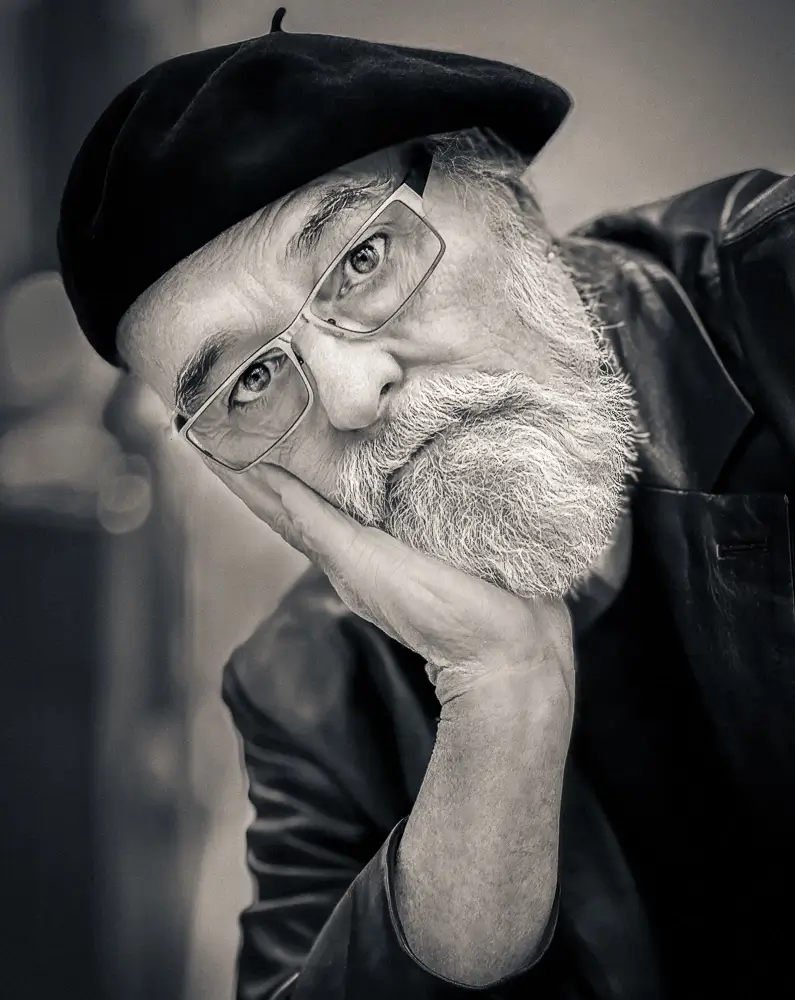Jeff Schewe is a renowned, award-winning photographer based in Chicago, Illinois, with nearly 50 years of experience in commercial and fine art photography. Originally trained as a painter, Schewe transitioned to photography, bringing a painterly sensibility to his images and making significant contributions to digital imaging and fine art printing.
A pioneer in the use and development of Adobe Photoshop and Lightroom, Schewe has influenced the field through both technical innovation and artistic vision, serving as a longtime alpha and beta tester and earning multiple credits in Photoshop. He has been recognized as an Epson Stylus Pro, an Apple Master of the Medium, and was inducted into the Photoshop Hall of Fame in 2006.
Schewe is the author of two seminal books, The Digital Negative and The Digital Print (Peachpit Press). Though retired from commercial work, he continues to share his expertise through writing, workshops, and exhibitions, with recent acclaim for his Black and White in Antarctica series, featured in Communication Arts Photography Annual, Rfotofolio Selections, and as a Critical Mass finalist.
Schewe holds degrees from Rochester Institute of Technology, including a B.S. with Highest Honors in Professional Photography.
Statement
I am a photographer with a painter’s eye, creating images that transform fleeting moments into lasting visual experiences. My work is about revealing the extraordinary in the ordinary, capturing overlooked details and quiet gestures that often go unnoticed. Through careful attention to light, and composition, I strive to see the unseen—moments made visible—and invite viewers to pause, reflect, and connect with the world around them. Whether in familiar spaces or distant places, my practice balances authenticity and artistic vision, translating real-life encounters into photographs that illuminate the hidden beauty within everyday life.
AAP Magazine 50 Shapes